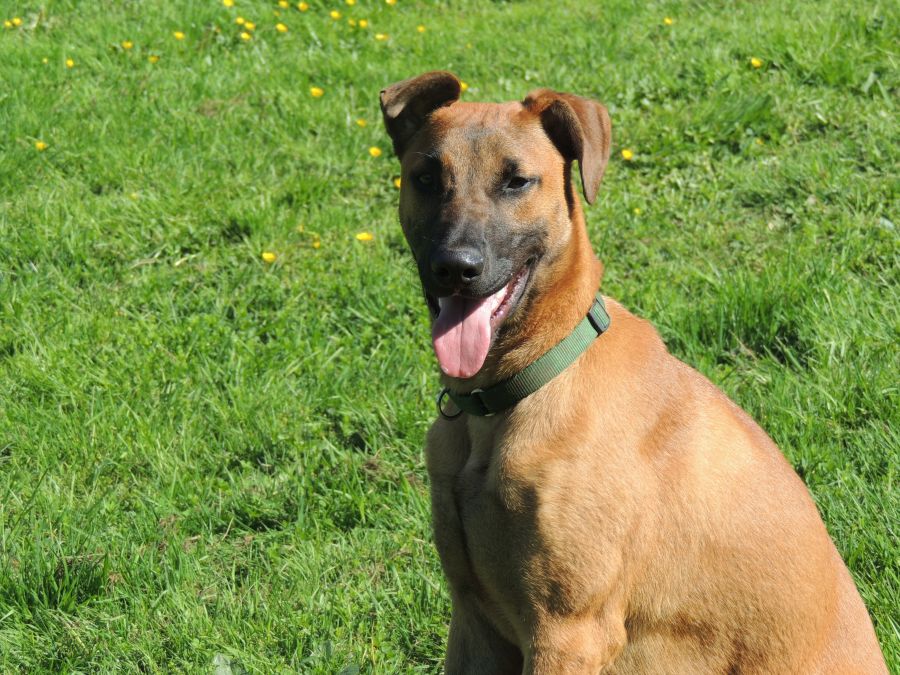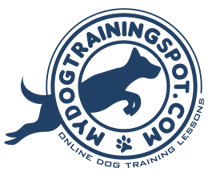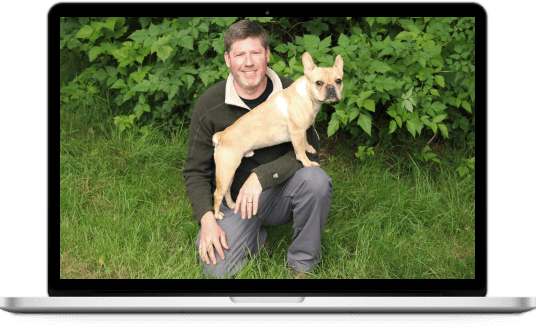How to Adjust your New Shelter Dog to Their New Home

Your new dog however, has no idea how great of a life you plan on giving them. Dogs are animals that live in the present, but often come to us with emotional baggage from the past.
I have rescued and fostered many dogs and I live with a constant rotation of boarding and training dogs. I have learned out of necessity, a very effective way to adjust dogs to a new home with minimal stress.
Adhere to the following topics and tips to navigate the first few weeks with your new dog.
Decompression Stage
When you first bring home your new dog from the shelter you will begin the decompression phase. During this stage of the rehoming process, you should give the dog some time to adjust to the new environment. If the dog doesn’t seem too interested in you initially don’t worry. Many dogs will spend a considerable amount of time sniffing and gathering all the new scents in their new home prior to engaging with a person.
You should be observing them, but don’t hover over them or try to plead with them to interact with you if they do not seem interested. Just relax and take mental notes on how they interact with their new home. A home environment is a dramatic change from the shelter and dogs will need some time to decompress and adjust. For most dogs, it will take several weeks before you start to see their true personality reveal itself.
While you let the dog explore the home, you should have some interesting chew toys available, a comfortable dog bed, and a crate with the door open in the area you allow the dog access. Start observing where the dog goes to lie down or what toys they show some interest in.
Most interaction should occur when the dog is ready to engage with you rather than you trying to force play or petting with the dog. Some dogs need some space while they are adjusting and they will let you know when they are ready to interact with you. Some dogs may engage with you immediately, some a few days, and others may take a full week before they eagerly accept petting and handling.
Desensitize to Leaving the Home
At some point you are going to have to leave your dog alone. Because this is inevitable, you should begin desensitizing the act of you leaving the home as soon as possible. Many dogs that come from the shelter have been given up by their previous owner and may exhibit separation anxiety initially. Ideally, you have the option to at least spend the majority of the next couple of days with your new dog and this is the best time to desensitize them to the leaving process. It is your job to make it clear to the dog that sometimes they will be left alone and when this occurs everything will be all right.
You should begin walking out of your exit door (without the dog) throughout the day on day 1. If you plan on crating the dog when you are away from the home, then the dog should be placed in the crate at least 10 minutes before you begin practicing the leaving process. I almost always recommend crating the dog initially when they are in a new home mostly for the dog’s safety. However, it is crucial that you practice crating the dog while you are home at first so you can observe how they respond to being crated.
The leaving desensitization process should start by you walking out the door and only staying outside for a couple of minutes and then simply walking back in. Don’t pay any attention to the dog before you leave or when you come back inside the home. I also recommend giving the dog an interesting chew bone inside the crate as you practice leaving and coming back inside. Practice walking outside multiple times during the day for the next couple of days so that you prepare your dog for a legitimate trip away from the home. Slowly increase the amount of time you stay outside the home before reentering.
Feeding
It is generally a good idea to begin feeding the dog the same food they were accustomed to eating at the shelter. I recommend picking a good quality food that you want to use and begin switching it over the next week.
The way you start the feeding process is extremely important. You should offer your dog’s food only for 10 minutes at a time. If your dog eats all of the food quickly, you may want to add a little more food on the next feeding depending on the dog’s current weight. I recommend you feed the dog twice daily or possibly three times daily depending on age and activity level of the dog.
If you dog does not eat the food you offer, you should pick up the bowl and put it away. It may surprise you that the dog you just brought home won’t eat. This is actually very normal. It is common for dogs that are stressed to go 24-48 hours without eating. Stick to the schedule feedings as the dog will begin eating during these scheduled meal times.
You should offer meals at scheduled intervals every day. I usually offer food twice daily for dogs that turn down meals in the initial few days. If your dog does not seem very interested in the food after a week, you may try switching the food.
Food is a valuable resource to dogs and they should understand that you have control over it.
Setting Rules
Your new dog will be happier if you give them clear instructions on how to function in their new home. This means deciding as a family on the rules you want applied to your new dog’s life with you.
You should decide where the dog is going to sleep, where the dog is going to stay when you are away from the home, and who is going to be taking the dog outside for walks. Stick with these rules so your dog learns that you are a predictable owner and a leader that is worth following. This is the best way to make the dog feel comfortable in their new environment because they learn what to expect from you as their new owner.
Introduction to Other Pets
Some dogs will instantly get along with grace around other pets in the home, but many don’t. This is why it vital that you do what you can in the early adjustment period. Remember, your other dog or cat was not expecting a new family member.
If you have other dogs and cats, their daily schedule and activities should not be interrupted. For dogs and cats that do not seem keen on your idea for a new family member, they should be provided easy control over their space around the new dog. This means crating the new dog at times, or keeping the new dog restrained on leash. You should not allow the new dog to approach the other animals while they are on their resting spots at any time in the adjustment period. Resident dogs should be allowed to approach the new dog rather than the other way around.
Introduce the dog to other pets slowly over the next few days before you allow complete access to them. Deciding when you will allow all pets full access to each other should depend on how well the initial short interactions went.
Take your New Dog on a Fun Trip
The last car ride your new dog had was probably the trip to the shelter. You want to show your new dog that you are the center of fun activities. Take your dog to a local park (not a dog park) and spend some one on one time with your new dog in a fun environment that your dog seems to enjoy. Remember, your dog has been in a shelter and is not accustomed to experiencing the outside world. Now is the time to introduce it to them.
Begin Basic Training
Basic training should begin once your dog has adjusted to their new home and is showing signs of wanting to engage with you. Whether you decide to hire a professional to help you or do the training yourself, your dog and you will benefit from learning to communicate with each other. Practice short 10 minute training sessions daily to teach your dog how to respond to commands such as Come, Stay, Sit, Down, Leave it, Go to Place, and walk on the leash without pulling.
Summary
As you enjoy getting to know your new dog over the next few months, stay patient with them. A good sense of humor will serve you well as your dog learns to adapt to their new home. The better you learn to communicate with your new dog and the more predictable you can be, the less stress your rescue dog will exhibit. Now, go start having grand adventures together.
Published on July 23, 2017
2 Free Lessons!
Hi, I'm Tommy Grammer and I have helped thousands of dog owners just like you.
I teach people how to train their dogs and resolve behavior that is causing owners frustration. Sign up for my free tips and as a gift to show you how my methods work, I will send you 2 sample lessons from the members' area!

Unleash your dog's potential by learning how to train like a professional trainer.
Train Your Dog
The Gift of Training
A My Dog Training Spot 12 month membership makes a wonderful gift, any time of year. Give a dog owner you care about the gift of training!


